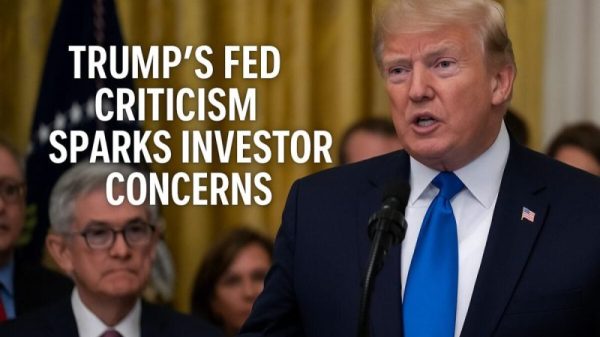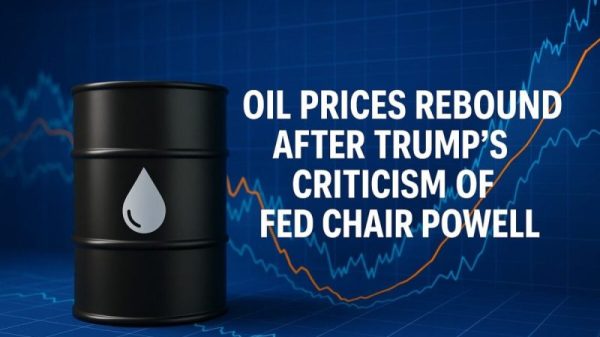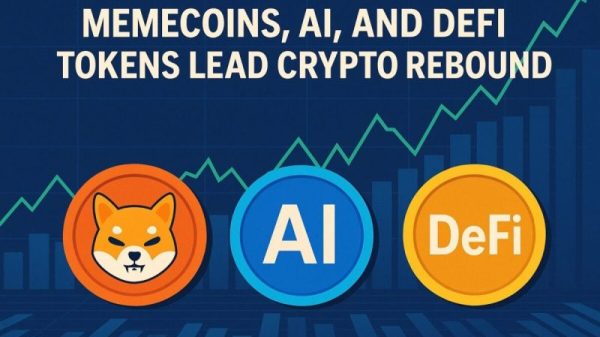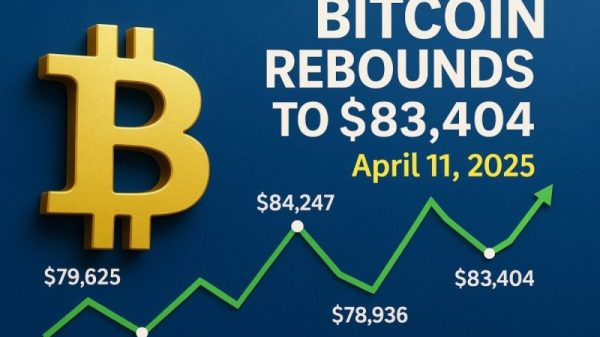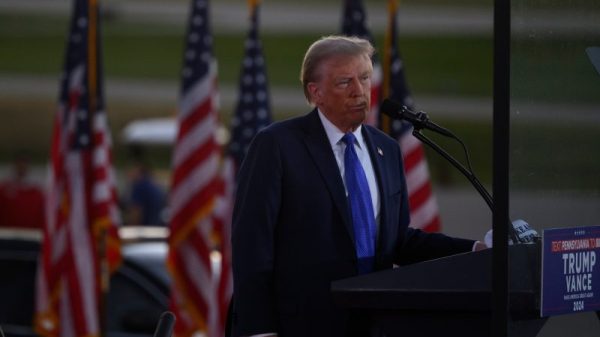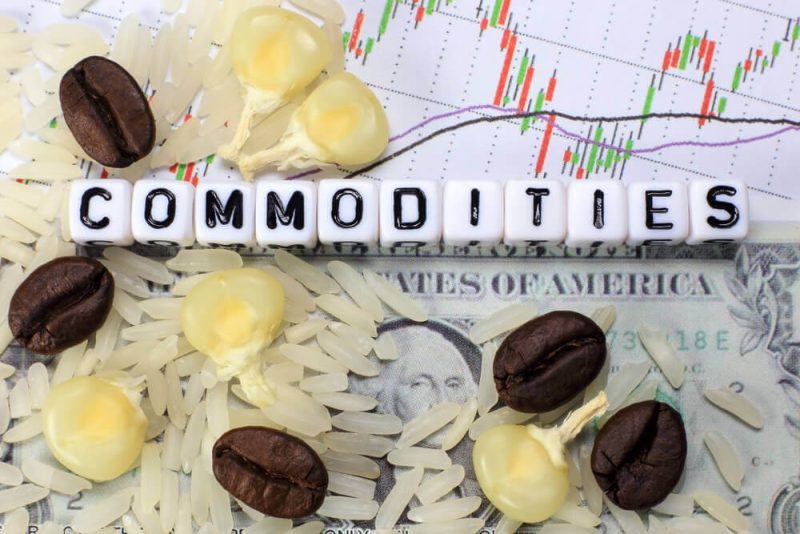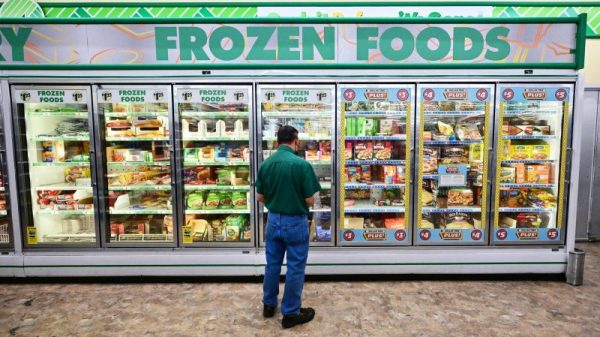Understanding Commodities in Today’s Economy
Commodities, the backbone of the global economy, have long been overshadowed by the dazzling performance of equities and fixed-income markets. The 2010s, in particular, saw commodities facing significant challenges, largely due to various macroeconomic headwinds. However, the landscape has shifted dramatically in recent years. With equities and bonds reaching new highs amidst stretched valuations, commodities have emerged as a beacon for investors seeking diversification and tangible assets. This article delves into the intrinsic value of commodities, their reaction to inflationary pressures, and the evolving market sentiment surrounding this asset class.
Economic Significance of Commodities
At their core, commodities are fundamental to our daily existence, powering economies, feeding populations, and driving innovation. They are tangible assets that range from precious metals like gold to energy sources such as crude oil and agricultural products like wheat. The scarcity of these resources, coupled with fluctuating demand, primarily dictates their market value. For instance, the price disparity between an ounce of gold and a bushel of wheat reflects this dynamic interplay of supply and demand.
The BCOM offers a lens through which we can gauge the changing significance and performance of various commodities over time. Historically, the index has maintained six major sectors, though the prominence of individual commodities within these sectors has evolved. This shift underscores changes in global economic activities, technological advancements, and societal priorities.
The Shifting Weights of Commodities in BCOM
Over the last quarter-century, metals have seen their share within BCOM increase, a testament to the expanding volumes of production and trade. This surge is closely tied to the meteoric rise of China’s industrial sector and the global pivot towards renewable energy and electrification technologies, which rely heavily on industrial metals.
Methodology, which combines world production data and liquidity to determine commodity weights, reflects these shifts. Historically, West Texas Intermediate (WTI) Crude Oil dominated the Energy sector within the index. However, the introduction and rising prominence of Brent Crude Oil, especially after WTI prices plummeted into negative territory in April 2020, signify a notable change in market dynamics. This variation is mirrored in the index’s weighting system, with Brent’s increased liquidity enhancing its representation.
Commodities and Inflation: A Historical Perspective
Commodities have traditionally played a crucial role during inflationary periods, serving as a hedge against the eroding value of fiat currencies. Their immediate price responsiveness to supply and demand dynamics provides a real-time snapshot of economic health and inflationary trends. Notably, commodity prices are key inputs to inflation metrics, with recent cooling signs suggesting a complex path ahead. However, historical precedents caution against premature optimism for a seamless return to low inflation.
The Current Inflationary Landscape
While inflation rates have moderated over the past year, the situation remains fluid. Commodities, by their very nature, have direct links to inflation. For example, rising energy prices can increase production costs across various sectors, contributing to overall inflation. Similarly, agricultural prices can directly impact food inflation, affecting consumer spending patterns and economic stability.
The Current Market Sentiment
The market sentiment towards commodities today is largely positive, influenced by several factors:
Diversification and Real Assets: With equity markets at all-time highs and traditional asset valuations stretched, investors are increasingly turning to commodities. As real assets, commodities offer a tangible hedge against inflation and market volatility.
In recent months, the commodities market has witnessed a notable shift towards lower volatility, a trend paralleled by the equities market as reflected in the subdued movements of the VIX index. This period of calm presents a strategic window for investors to consider diversifying their portfolios by increasing exposure to commodities, traditionally associated with significant price movements during highly volatile phases.
Muted Market Sentiment
The first quarter of 2024 has seen long positioning in commodities fall to historical lows. This decline is partly due to significant short positions in grains and natural gas. It has exerted downward pressure on prices. The latest data from the CFTC reveals that positioning across most major commodities has reached levels of minimal long positions or significant short positions near historical extremes. For instance, short positioning in corn, soybean, and natural gas are at levels last observed during the COVID-19 Recession’s depths. While crude oil, copper, and gold display some of the smallest net long positions in recent years.
Spot vs. Futures Price:
In the world of finance, commodities trading is a fundamental activity, integral to the global economy. Commodities, which include everything from agricultural products like wheat and corn to metals like gold and oil, are traded on exchanges worldwide. These trades occur in two main forms: spot trading and futures trading. Understanding the differences between spot prices and futures prices is crucial for anyone involved in the market, whether they are investors, speculators, hedgers, or casual observers.
The Essence of Spot and Futures Prices
What is a Spot Price?
The spot price of a commodity is the price at which the commodity is bought or sold for immediate delivery. It is the current market price for immediate exchange and settlement. For example, if an oil refiner purchases ten thousand barrels of oil at $50 per barrel, the $50 is the spot price. The spot market is also known as the cash market or physical market, reflecting the immediate nature of these transactions.
What is a Futures Price?
Contrastingly, the futures price is the agreed-upon price for the future delivery of a commodity. Standardised agreements, known as futures contracts, allow buyers and sellers to trade a specific quantity of a commodity at a specified price on a set future date. Traders exchange these contracts on futures exchanges, and the details of the contracts vary depending on the commodity in question. The futures price can be higher or lower than the spot price, depending on market expectations about future supply and demand.
The Role of Speculators and Hedgers
Speculators
Speculators are market participants who bet on future price movements without intending actually to take delivery of the commodity. They analyse market activity, chart patterns, and other economic indicators to predict price trends. By entering long (buying) or short (selling) positions in futures contracts, speculators aim to profit from future price changes. Their activities add liquidity to the market, which helps in price discovery.
Hedgers
Hedgers, on the other hand, are often producers or consumers of the commodity who use futures contracts to mitigate the risk of price fluctuations. For example, a soybean farmer concerned about potential price drops could sell soybean futures contracts at today’s price, securing a guaranteed selling price for their future harvest. Hedgers use the futures market as a form of insurance against adverse price movements that could affect their business operations.
Exchange-Traded Commodities (ETCs)
ETCs offer a way for investors to gain exposure to commodities without directly buying physical assets or individual futures contracts. They can track a single commodity or a basket of commodities, offering diversification within the markets. The performance of an ETC can be based on the spot prices or futures prices of the underlying commodities.
Types of ETCs
Physical ETCs: These are backed by actual physical commodities. Investors essentially own a share of the physical asset.
Futures-based ETCs: These ETCs invest in futures contracts of the underlying commodities, providing exposure to the futures price movements.
Leveraged and Inverse ETCs: Leveraged ETCs aim to deliver multiples of the daily performance of the underlying commodity.
Market Dynamics
The interplay between spot and futures prices is complex and influenced by various factors, including supply and demand dynamics, geopolitical events, currency fluctuations, and broader economic indicators. Futures prices can provide insights into market expectations about future supply and demand, while spot prices reflect the current market equilibrium.
Investing is an effective strategy for portfolio diversification. Given their negative correlation with other major asset classes, such as stocks and bonds, commodities can enhance returns while reducing risk. During periods of market volatility or when stocks and bonds are underperforming, commodities such as gold and oil can offer stability and even appreciation in value. Additionally, commodities are well-regarded for their inflation-hedging properties. As the prices of goods and services rise, the value of commodities often increases as well, providing a buffer against the eroding purchasing power of the currency.
Accessing Markets through ETFs
For individual investors, ETFs have made entering the commodities market significantly easier and more cost-effective. These financial instruments offer exposure to various commodities, including precious metals, energy, agricultural goods, and base metals, without the need for investors to directly buy physical commodities or engage with futures contracts. ETFs can track a single or a basket of commodities, providing a flexible approach to gaining the desired exposure.
ETF Structures
ETFs typically employ one of two strategies: holding physical commodities in storage or investing in futures contracts. Some ETFs combine these approaches, tracking a commodity index that includes a broad range of commodities through both physical holdings and derivatives. This diversity in ETF structures allows investors to choose the investment strategy that best fits their risk tolerance and investment goals.
Navigating Contango and Backwardation in Commodity Markets
The commodity markets can experience two distinct states: contango and backwardation. Contango occurs when the futures prices are higher than the spot price. It can lead to a negative roll yield for ETFs as they rotate out of expiring futures into more expensive ones. Backwardation, on the other hand, happens when futures prices are lower than the spot price, potentially offering a positive roll yield. ETFs move into less costly futures. Some commodity ETFs employ strategies to mitigate the risks associated with contango. It aims to preserve investor returns and, more accurately, track prices.
The post Understanding Commodities in Today’s Economy appeared first on FinanceBrokerage.


